- Total Hip Replacement
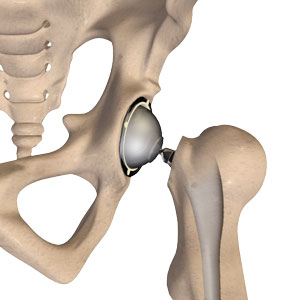
Total hip replacement is a surgical procedure in which the damaged cartilage and bone are removed from the hip joint and replaced with artificial components. The main indication for total hip replacement is arthritis.
Know More Launch Movie - Anterior Hip Replacement
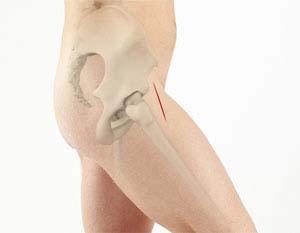
Anterior hip replacement surgery is performed under general anesthesia or regional anesthesia. You will lie down on your back, on a special operating table that enables your surgeon to perform the surgery from the front of the hip.
Know More Launch Movie - Revision Hip Replacement
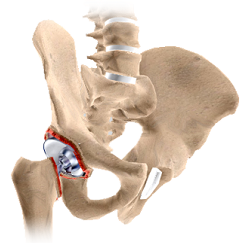
During total hip replacement, the damaged cartilage and bone are removed from the hip joint and replaced with artificial components.
Know More Launch Movie - Hip Reconstruction

Hip reconstruction is a surgery to repair or replace a damaged hip joint that causes pain and limits your movement.
Know More - Hip Arthroscopy
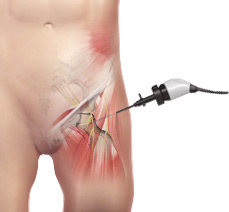
Hip arthroscopy, also referred to as keyhole or minimally invasive surgery, is a procedure in which an arthroscope is inserted into your hip joint to check for any damage and repair it simultaneously.
Know More Launch Movie - Posterior Hip Replacement
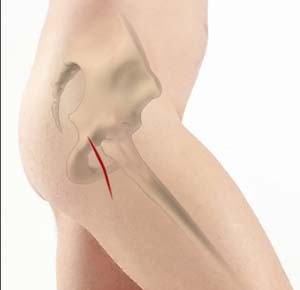
Posterior hip replacement is a minimally invasive hip surgery performed to replace the hip joint. It is also referred to as muscle sparing surgery because no muscles are cut to access the hip joint, enabling a quicker return to normal activity.
Know More Launch Movie - Outpatient Hip Replacement
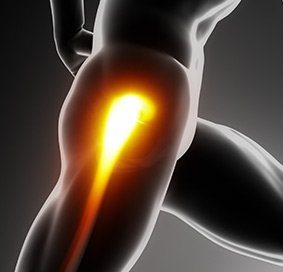
Hip replacement surgery is one of the most common orthopedic surgeries performed.
Know More - Hip Labral Repair
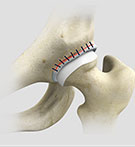
Labrum is a ring of strong fibrocartilaginous tissue lining around the socket of the hip joint. Labrum serves many functions where it acts as a shock absorber, lubricates the joint, and distributes the pressure equally.
Know More - Hip Cartilage Repair
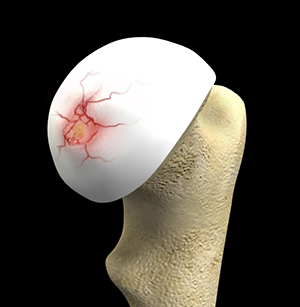
Hip cartilage is a white, tough, flexible tissue covering the ball (femoral head) and socket (acetabulum) of your hip joint. It acts as a cushion or shock-absorber and allows the bones to slide over one another by providing a smooth surface in the joint.
Know More - Hip Distraction
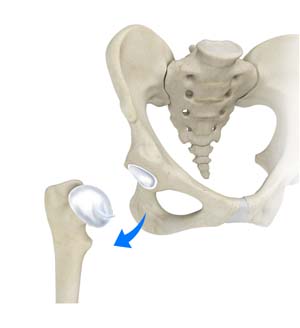
Adolescents suffering from avascular necrosis (loss of blood to the bone), young people having arthritis, or elderly people with hip joint breaks or dislocations are usually treated with hip distraction.
Know More - Hip Fracture Surgery
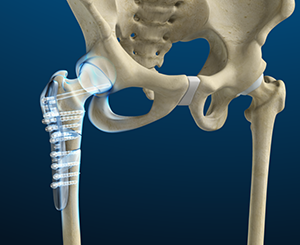
Hip fractures involve a break that occurs near the hip in the upper part of the femur or thigh bone. The thigh bone has two bony processes on the upper part - the greater and lesser trochanters.
Know More - Physical Therapy for Hip
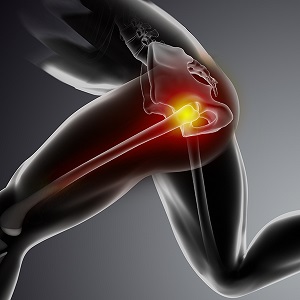
Physical therapy is an exercise program that helps you to improve movement, relieve pain, encourage blood flow for faster healing, and restore your physical function and fitness level.
Know More - Hip Trauma Reconstruction

Hip trauma is an injury in the hip due to the impact caused by incidents such as a car accident or a hard fall. The injury can be a bone break or dislocation or both.
Know More - Proximal Hamstring Repair
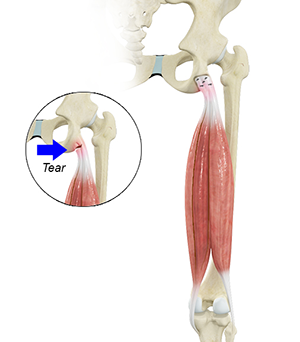
Hamstring injuries primarily occur when the muscle is exposed to extreme strain; when it is stretched beyond its ability or when it must withstand a sudden load.
Know More - Hip Cartilage Restoration
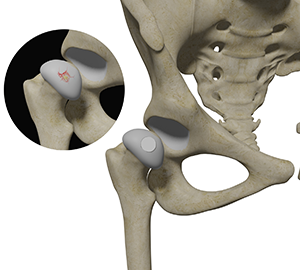
Hip cartilage restoration is a surgical technique to repair damaged articular cartilage in the hip joint by stimulating new growth of cartilage or by transplanting cartilage into areas with defects in order to relieve pain and restore normal function to the hip.
Know More - Surgical Dislocation of the Hip

Surgical hip dislocation is an orthopedic surgical procedure in which the head of the thigh bone is displaced from the hip socket in the pelvic bone. It gives the surgeon a 360-degree view of the hip joint.
Know More - Physical Examination of the Hip
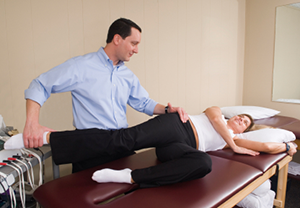
The physical examination of the hip by your doctor includes a visual inspection of your hip, palpation of the hip to diagnose tenderness or any abnormality, etc; and testing range of motion of the hip.
Know More








